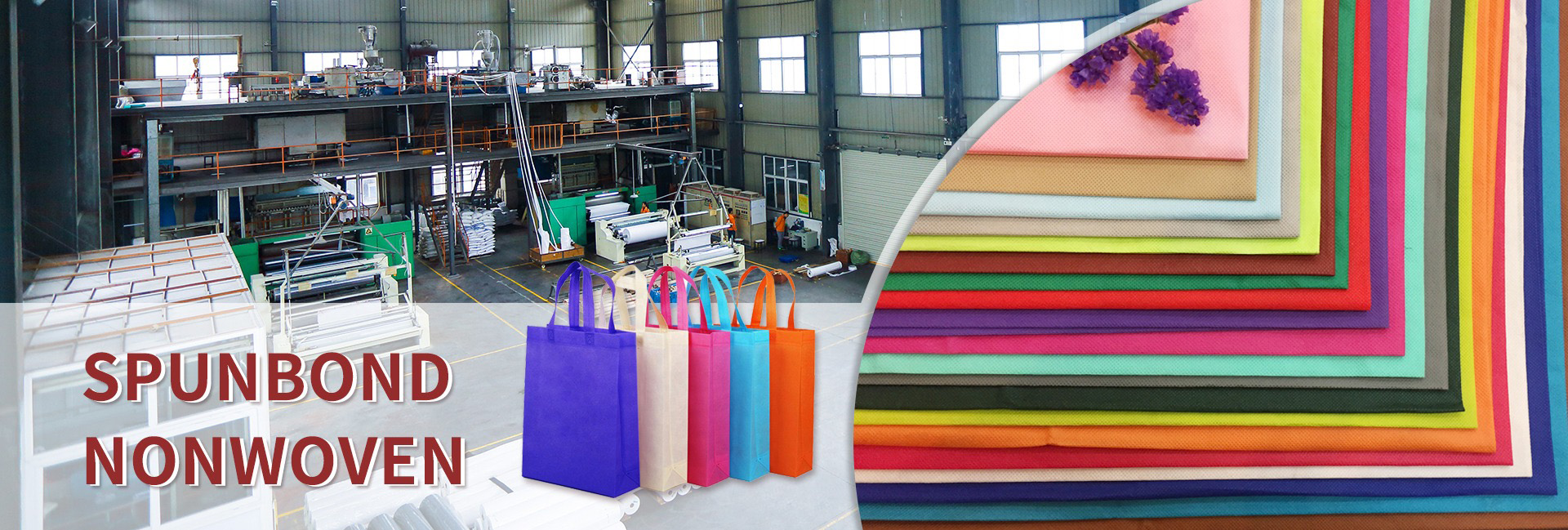The following is a comprehensive analysis of the latest development trends of the PLA nonwoven fabric industry as of mid-2025, covering technological breakthroughs, market trends, regional layout and corporate strategy:
Technology R&D and production innovation
Core process breakthroughs
HycuTEC technology: Oerlikon Neumag in Germany demonstrated a new melt-blown PLA filter medium production technology in July 2025, which achieves high-efficiency electret charging through water spray, improves filtration efficiency and reduces energy consumption, and has entered the large-scale production stage.
PLA modification technology: Hengxin Life and other companies optimize the heat resistance and ductility of PLA through particle modification, significantly reduce production costs, and promote its application in food packaging (such as coated paper cups) and medical nonwoven fabrics.
Multifunctional material development
The industry focuses on high-strength, long-degradation cycle PLA nonwoven fabrics. By compounding PLA with cotton fibers or adding nanomaterials, the products are given antibacterial, flame-retardant, hydrophilic/hydrophobic properties to meet the high-end needs of medical (surgical gowns, masks) and agriculture (degradable mulch).
Market growth and policy drive
Market size and growth rate
The global bio-based non-woven fabric market is expected to expand at a compound annual growth rate of 8.48%, reaching US$121 billion in 2032. PLA, as the leading material, accounts for more than 40% in the packaging and medical fields.
China’s production capacity accounts for more than 30% of the world’s total. In the first quarter of 2025, the revenue growth rate of leading companies (such as Hengxin Life) reached 20%, and the expansion of factories in Thailand accelerated the layout of the Southeast Asian market.
Policy and environmental protection needs
The EU plastic restriction order and the global “carbon neutrality” policy require disposable products to use degradable materials, promoting PLA to replace traditional chemical fibers. For example, the EU plans to achieve 100% recyclable/degradable packaging materials by 2030.
In order to meet export compliance (such as CE/FDA certification), companies are accelerating the promotion of PLA non-woven fabric recycling closed-loop technology, such as melt regeneration and chemical decomposition process pilots.
Global production capacity and regional dynamics
Regional distribution of global PLA non-woven fabric production capacity (2025). Emirates Biotech (led by the former CEO of NatureWorks), the first PLA factory in the UAE in the Middle East with an annual output of 30,000 tons, covers the Middle East, Africa and India markets, and provides supporting recycling solutions. The capacity of Hengxin’s Thailand base in Asia-Pacific China is climbing, and Hengxin Life avoids trade barriers and seizes Southeast Asian demand. The capacity of spunbond non-woven fabrics in Europe and the United States accounts for more than 40%, and Oerlikon Neumag and DuPont focus on high value-added medical and automotive products.
Enterprise competition and strategic layout
Head enterprise technology positioning
Freudenberg and DuPont: Increase the share of bio-based non-woven fabrics through mergers and acquisitions, and focus on the development of PLA composite filter materials (such as air/liquid filtration).
Hengxin Life and Guanghua Weiye: Relying on the cost advantage of China’s supply chain, they focus on PLA laminating packaging and agricultural mulch, and government subsidies promote capacity expansion.
Emerging market development
Africa and Latin America rely on imported PLA hygiene products (wet wipes, diapers) due to insufficient localized production capacity. Chinese companies enter the market through the “Belt and Road” cooperation, and exports to Africa will increase by 25% in 2025.
Industry Challenges and Opportunities
Cost pressure: PLA nonwoven fabrics are still 30% more expensive than traditional PP materials, relying on oil price fluctuations and PLA monomer fermentation technology to reduce costs (such as TotalEnergies Corbion’s Luminy® PLA process).
Application expansion: Demand for new scenarios such as building insulation materials and automotive interiors is rising, but the stability of PLA in high temperature environments needs to be solved.
Recycling bottleneck: The cost of treating PLA waste by chemical decomposition is high. The EU promotes the “production-recycling-regeneration” pilot, but the commercial scale remains to be verified.
Summary
In 2025, the PLA nonwoven fabric industry is in an accelerated period of green transformation: the technical end focuses on multifunctional modification, the policy end is strongly driven by the global plastic restriction order, and the regional layout is tilted towards emerging production capacity in Southeast Asia and the Middle East. In the short term, it is necessary to break through the cost and recycling bottlenecks, and the long-term penetration rate in the medical, agricultural, and packaging fields will increase significantly. Enterprises need to respond to challenges through technology alliances (such as Oerlikon’s industrial chain collaboration with 8 partners) and regional production capacity collaboration.
Dongguan Liansheng Non woven Technology Co., Ltd. was established in May 2020. It is a large-scale non-woven fabric production enterprise integrating research and development, production, and sales. It can produce various colors of PP spunbond non-woven fabrics with a width of less than 3.2 meters from 9 grams to 300 grams.
Post time: Jul-07-2025

